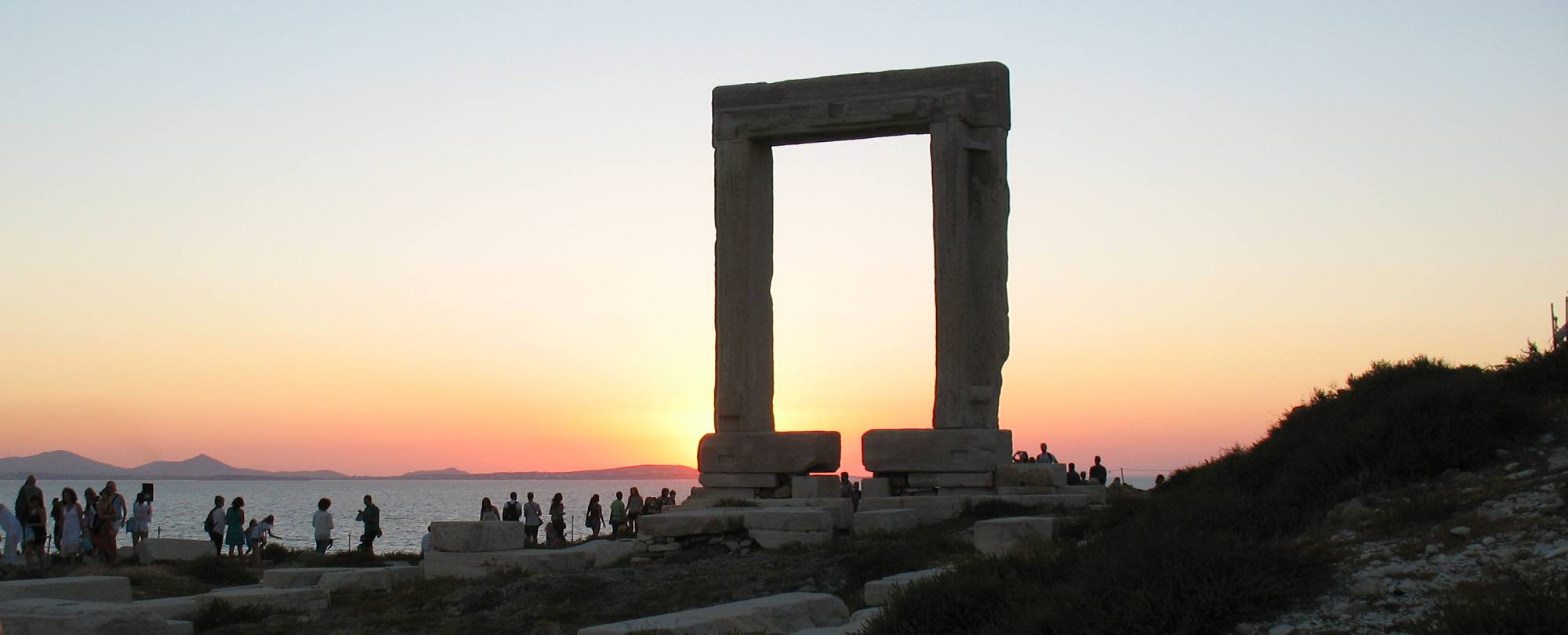What to see and do on Naxos
Naxos Island is the largest island in the Cyclades and it is one of the most beautiful of all the Greek Islands with a wide variety of landscapes, village life and a busy town. It combines superb fine sand beaches, with fertile valleys and mountainous beauty, plus many small traditional villages. It is one of the best holiday destinations among the Greek Islands, and its many attractions include the unique and unspoiled natural landscape, the numerous historical places to visit, the beautiful walking, hiking and cycling routes, opportunities for adventure and experiences, and the traditional way of life which is still part of many villages.
Experience authentic Greek life and food, local gastronomy, hike, bike, swim, sail, surf, explore or simply relax and soak up the Naxos vibe.
For excellent information about the island, check out the official site of naxos island www.naxos.gr
For organised tours and expeiences, check out our local travel agency Zas Travel https://zastours.com/naxos
For excellent tours with a focus on local food and traditions go to https://philema.tours/
Naxos Villages
Naxos Island has over 40 villages to visit and most of them have their own authentic character and distinct style. Naxos Town (or Hora) is the capital and port and it is a lively and busy town with over 8,000 inhabitants. Ferries from here connect Naxos with the mainland and the islands of Santorini, Mykonos, Paros and many other Cycladic islands.
Most of the villages in Naxos Island are in the middle and the north of the island, traditionally built inland to be away from pirate attacks from the sea!
There are many routes to choose from to explore the island, and for adventure lovers there are also walking or cycling tours to discover olive groves, forests, caves, ravines.
Potamia is a group of three picturesque villages in a fertile valley of orange trees and grapevines with a stream flowing down the valley. Melanes is close to Potamia and it is the place to see the huge 5th Century BC statue of Kouros and the ruined monastry of Kalamitsia
Halki in Tragea, once the administrative centre, is a stylish and cultural centre of artisans with galleries and workshops to visit and the start of hiking paths through the olive groves to several notable Byzantine churches. Filoti is the largest village, surrounded by olive groves and settled on the flank of Zas mountain with a Venetian tower at its centre and a large church dedicated to the Virgin Mary. Sagri with its ancient Temple of Demetra, Byzantine Churches, Venetian castles is one of the interesting places in Naxos.
Apeiranthos or T'Aperathou is a large village high on the slops of Mount Zas at 650m altitude where the locals still speak their own dialect of Greek. As well as local products and crafts, the village has 3 small museums. Further to the north, Koronos is a village of tiny houses and lanes stepping down the valley, one of the most attractive villages on Naxos Island and formerly home to the emery workers who worked in the nearby mines. Keramoti is a tiny village full of walnut trees and surrounded by mountains, with the winter waterfall of Routsouna a short hike away.
Galini and Eggares are traditional, quiet and peaceful agricultural villages, in the verdant northeast valley leading to Amiti beach, and with great local tavernas.
Apollonas is a small seaside village on the north coast where you can visit the huge Kouros statue from the fifth century BC and Moutsouna on the east coast still has the heritage of its history as the emery port.
MUSEUMS AND SIGHTSEEING
The archeological museum
All findings from excavations are kept in the archaeological museum, proof of the uninterrupted cultural presence in Naxos from pre-historic times until the end of the ancient times. The museum is housed in the building of the former Commercial School in the area of the Castle. tel + 30 22850 22725
The Byzantine museum is also in the Kastro area, with important items from the 7th-12th Century on Naxos, closed Tuesday
Grotta's archaeological site
Excavations made under Metropolis square have revealed different levels of the ancient inhabitants of Naxos, some remains of the Mycenaean city of Naxos (1600 - 1100 B.C) as well as Roman ruins. The museum is built over the top of the excavations and it is open to the public.
"Portara": Naxos' landmark
Portara can be seen from afar as ships approach the island of Naxos, standing on the northern side of the port. This monument is a gigantic marble gate, which remains from a temple that was dedicated to Apollo. It was built during the 6th century B.C, when Naxos was a commercial and cultural centre.
The Venetian Kastro
An impressive mediaeval walled town built during the long Venetian rule (1204-1537) in the heart of the Aegean and still in its original form; it is located on a hill which is the natural acropolis of Hora. The external walls of the peripheral houses shape the wall of the Kastro, which only has three entrance gates and has been inhabited continuously since 1207. Wander the tiny winding streets and find ancient marble coats-of-arms, visit the archaeological or byzantine museum and explore the many small shops and restaurants in the lower 'Bourgos' part of the Kastro.
Folklore Museums
In the Bourgos area of the old town, visit the Koutelieris folk museum for historic costumes and traditions of the island. Many villages also have small folklore museums to visit. Check on www.naxos.gr for more information



